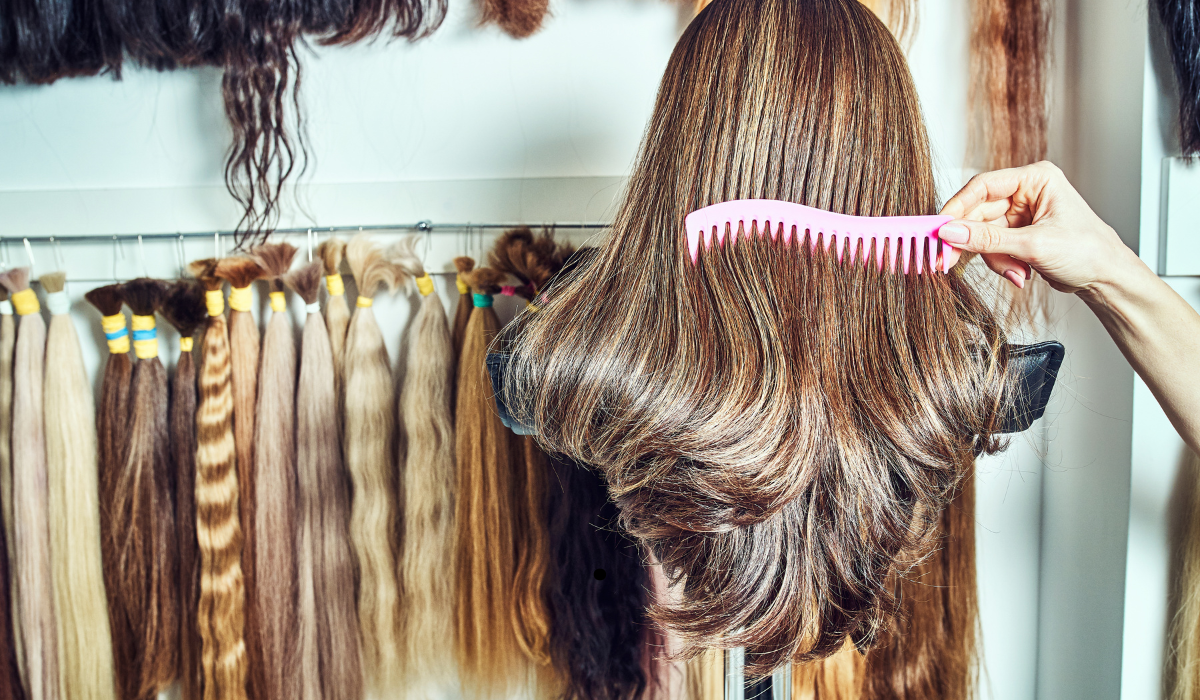Collecting Hair Samples From Brushes Research Irb Guidelines might sound like an unusual research method, but it has proven incredibly useful across various scientific fields. From forensic science to genetics, this innovative technique offers a non-invasive approach to gathering essential biological material. However, as with any research involving human participants, ethical considerations are paramount. This is where Institutional Review Board (IRB) guidelines come into play, ensuring that studies not only yield reliable data but also protect the rights and wellbeing of participants.
Join us as we untangle the significance of collecting hair samples, explore the protocols involved, and highlight the importance of adhering to IRB guidelines. Whether you’re a budding researcher or simply curious about the science, you’ll find valuable insights into the world of hair sample research.
Why Hair Samples?
Hair samples are a treasure trove of information. They can provide critical insights into an individual’s health, diet, and even environmental exposures. Unlike blood or tissue samples, collecting hair is painless and non-invasive. Hair grows over time, capturing a historical record of chemical exposure and biological changes. This makes hair an ideal candidate for various research applications, from checking for drug usage to measuring exposure to heavy metals.
The Versatility of Hair Analysis
Hair analysis is not a one-size-fits-all process. Researchers choose from several methodologies, depending on their specific research questions. Some common analytical techniques include:
- Spectroscopy to identify the presence of specific elements and compounds.
- Microscopy for examining the physical structure of hair.
- Genetic analysis for studying DNA and identifying genetic markers.
Each method offers unique insights, allowing researchers to tailor their approach to the study’s goals. This versatility makes hair samples particularly appealing for a wide range of scientific inquiries.
Non-Invasive Sampling Benefits
Collecting Hair Samples From Brushes Research Irb Guidelines offers several advantages. It avoids the discomfort and potential risks associated with more invasive procedures like blood draws. Participants can collect samples themselves in the privacy of their own homes, promoting a sense of autonomy and convenience. This ease of collection often leads to higher participation rates and more representative data.
The Role of IRB in Research
The Institutional Survey Board (IRB) assumes a critical part in research including human members. Its primary function is to ensure ethical oversight and protect participants throughout the study process. The IRB reviews research proposals to verify that they adhere to ethical guidelines, including:
- Informed consent, ensuring participants are fully aware of what the study involves and any potential risks.
- Confidentiality, safeguarding personal information and data.
- Risk minimization, ensuring that any potential risks are justified and minimized as much as possible.
By adhering to these ethical standards, researchers can build trust with participants and the wider community, ultimately enhancing the credibility and impact of their studies.
Informed Consent Matters
Getting educated assent is a crucial part of moral examination. Participants must be provided with clear and comprehensive information about the nature of the study, their role, and any potential risks or benefits. This transparency empowers individuals to make informed decisions about their participation, fostering a sense of respect and collaboration between researchers and participants.
Protecting Participant Confidentiality
Confidentiality is paramount in research, especially when dealing with personal and sensitive information. Researchers must implement robust data protection measures, ensuring that participants’ identities and personal details are kept confidential. This not only protects participants but also enhances the integrity and reliability of the research findings.
Why Ethical Oversight is Essential
Ethical oversight is not just a bureaucratic hurdle; it’s vital for ensuring the safety and rights of participants. By adhering to IRB guidelines and ethical standards, researchers can conduct studies that are both scientifically rigorous and morally sound. This commitment to ethics fosters public trust in research and paves the way for future advancements.
Navigating Challenges in Hair Sample Research
While collecting hair samples offers numerous benefits, it also presents certain challenges. Researchers must be mindful of these potential pitfalls to ensure the success and reliability of their studies.
Overcoming Participant Recruitment Hurdles
Recruiting participants for hair sample research can be challenging, particularly if individuals are concerned about privacy or misuse of their biological material. Offering clear information about the study’s purpose, benefits, and ethical safeguards can alleviate these concerns and encourage participation.
Tackling Sample Contamination
Contamination is a significant concern in hair sample research. Environmental factors or improper handling can skew results, leading to inaccurate conclusions. Researchers must implement stringent protocols for sample collection, storage, and analysis to minimize contamination risks and maintain data integrity.
Ensuring Consistent Methodology
Consistency is key in any scientific study, and hair sample research is no exception. Researchers must adhere to standardized methods for collecting and analyzing samples, ensuring that results are comparable and reliable. This consistency allows for meaningful comparisons and strengthens the study’s overall validity.
The Benefits of Collecting Hair Samples
Despite the challenges, the benefits of collecting hair samples far outweigh the drawbacks. This innovative research method offers unparalleled insights into health, genetics, and environmental exposure. By leveraging the power of hair analysis, researchers can:
- Gain a holistic understanding of individual health, exploring long-term trends and changes over time.
- Identify genetic markers, providing valuable information for personalized medicine and treatment plans.
- Assess environmental exposure, helping to identify potential risks and inform public health strategies.
These insights can drive meaningful advancements in science and medicine, ultimately improving the quality of life for individuals and communities.
Conclusion: Collecting Hair Samples From Brushes Research Irb Guidelines
Collecting Hair Samples From Brushes Research Irb Guidelines is a powerful tool for researchers, offering unique insights into health, genetics, and environmental exposure. By adhering to IRB guidelines and employing best practices in sample collection and analysis, researchers can ensure that their studies are ethical, reliable, and impactful.

